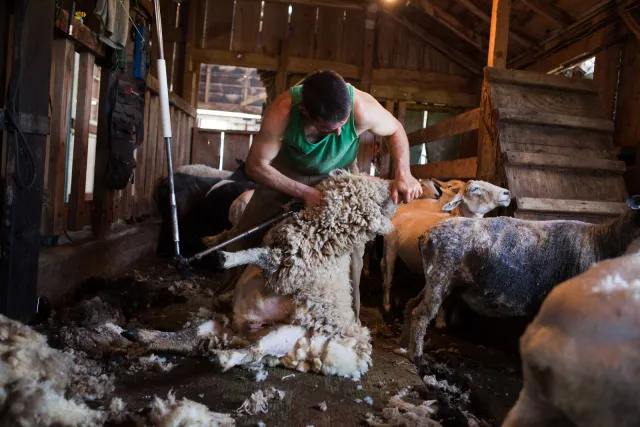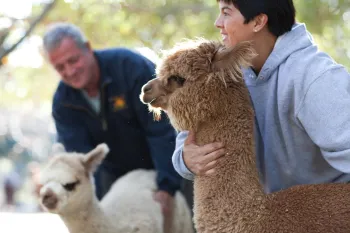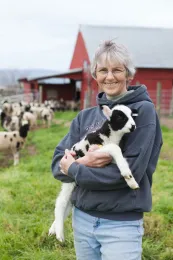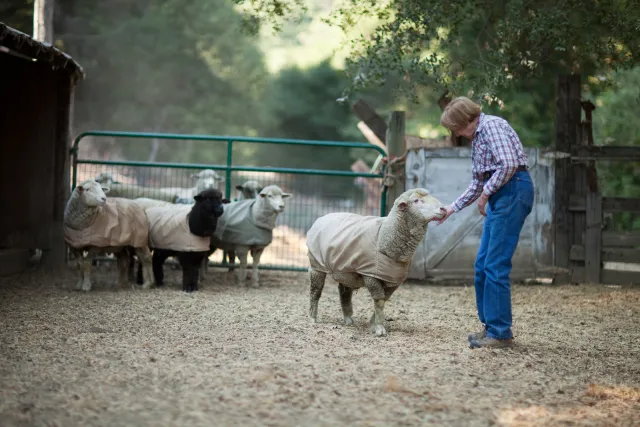Fibershed on a mission to map California’s fiber supply and demand
Like a watershed, a fibershed is a region that supplies the necessary fiber for textile production in order to clothe or shelter a local population. The non-profit Fibershed is an organization that designs and develops natural fiber systems allowing cloth to be produced locally, supporting farmers, designers, and small manufacturers (see the GIM News introduction to Fibershed). Fibershed’s work includes: designing small-scale processing systems, teaching critical fiber skills, connecting designers and artisans with local fiber growers, verifying locally produced natural fiber, and educating the public about the true cost of our clothes.

The Fibershed team is now on a mission to map and inventory California’s fiber supply. This will be the first broad-scope qualitative analysis for California wool resources. The wool inventory map will provide a first-ever visual and geographical analysis of California’s wool distribution, quality and quantity.


In collaboration with UC Davis Sustainable Agriculture Capstone interns, Fibershed is researching and analyzing California’s wool and fine fiber supply for quality, quantity, and land management practices. An inventory survey was sent out to growers across the state through the USDA, Resource Conservation Districts, UC Cooperative Extension services, and many other agricultural support organizations. In addition to the geographical distribution and flock size data that farmers and ranchers will provide, Fibershed will also conduct micron testing (for average fiber diameter and grade) of over 100 flocks.
Using the data collected from the survey, Fibershed will develop the first feasibility study for localized wool and fine fiber processing in California. The outcomes of the work will include: innovation in natural fiber processing, increasing local jobs, reducing environmental impact of the garment industry, and an opportunity for increased income for farmers and ranchers.

By: Amber Beig, Fibershed
Photo credits: Paige Green Photography
